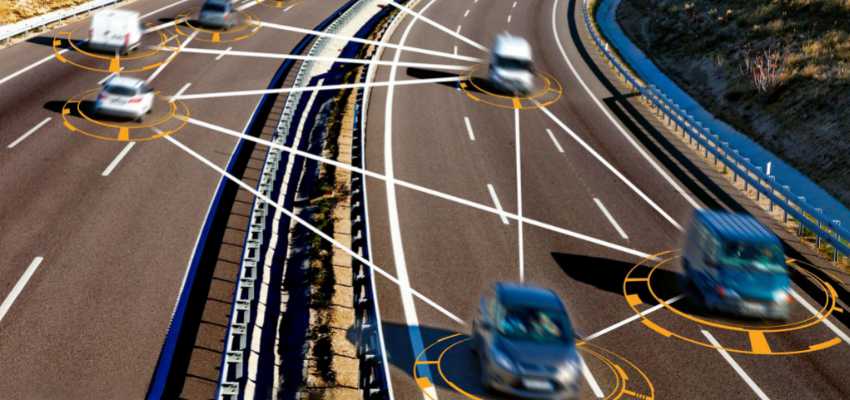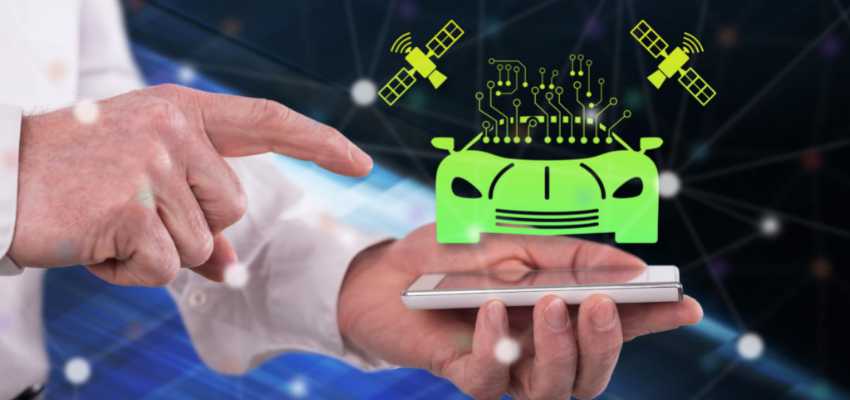Show:
How Transportation is Being Digitized Today
Within the last couple of years, the digitalization of cars and the transportation sector, in general, have increased investments in the automobile industry by over $80 million. If you aren’t an investor getting your return, then this means you will continue to see growing trends as cars become digitized. For the casual reader, the question of what constitutes digitalization in the first place is up in the air. There are several ways that any aspect of everyday life can be digitized and made wireless and efficient. You’d be surprised with how many approaches have been taken for personal transportation.

How Can Personal Cars be Digitized?
The process of digitization in the automotive industry isn’t just cars that connect to WIFI or self-driving ones, which we will talk about later. The manufacturing and selling of cars are also being digitized with machines, apps, and software. Other aspects of car ownership being digitized are maintenance and more mobility-centric services. We’ll cover how each one of these areas is affected by the process, what it can look like in the future, and some of the catches that come with fully digitizing our foremost form of transportation.
Digitization of Car Manufacturing And Supply Chains
There is no better place to begin than the beginning of a car’s life when it is put together on the assembly line. Like all businesses, the automotive industry takes a customer-orientated approach to its digitization process. This allows them to stay on top of the demands of the supply chain and improve manufacturing. Digital tracking the supply chain and collecting in-depth market trends helps lower costs of production and approach manufacturing from a decentralized approach rather than relying on specific automaking hubs. Smart factories, as they are described, have algorithm labs that program schedules and oversee workflow. Assembly lines aren’t wholly machines; there are human workers as well. Statistics have shown that productivity has increased with smart factories as well as fewer defective cars. While the construction of a smart factory and fully automating one can be costly, studies from Germany in the 1990s showed production improvements can be well worth it and become mainstream in the long run.
Digitization of Car Buying
Once they are built and tested, cars are off to the dealerships to be sold. Several people will be happy to know that the car shopping and purchasing process is on the verge of being entirely digitized. That would make purchasing pre-owned cars and new vehicles an easier task. There are websites that specialize in the car dealing with just the click of the mouse. Showrooms and lots are making the jump to virtual reality, so shoppers don’t even have to leave their homes. With all the online resources, researching a car you’re interested in has never been easy. In fact, it keeps getting easier. All the essential buying information is ready at a moment’s notice, and any falsehoods can be debunked immediately. Virtual reality also offers immersive 3D looks at the vehicles as if you were in them. They can even hear the sounds it makes. From here, it seems that automakers will soon use their own website for vehicle sales. Trips to the dealership and handling salespersons may soon be a thing of the past.
Digitization of Maintenance
As of now, how we determine when our vehicles are in need of maintenance is already on an automated platform. Several makes and models come with on-board maintenance diagnostic systems that alert the owner when their car is in need of auto work. Whether it’s a tire low on air, oil, or even washer fluid –a light usually illuminates the dashboard. This is how we’ve been keeping track of our gas for the last several decades, so the same principle can be applied to other aspects of our cars. Mechanics and auto shops also use some of the latest in the digitization of their own, as well as the traditional knobs and buttons being replaced with screen displays.

Digitization of Self-Driving Cars
Of course, there is nothing fully automated like a self-driving car. Elon Musk used the elevator as an example. For a while, there were elevator attendants running the cars up and down the shafts for riders. When circuit boards and automated cars came around, people began riding the elevator without a second thought since it no longer needed an operator. With some time and technological advancements, we can one day do the same with cars. Vehicles have been making some leeway with assisted driving software, but it would need to be fully autonomous for a car to be self-driving. The latest GPS and sensors will have to be put to the test for self-driving cars to become mainstream.
Digitization of Personal Transportation
Uber and Lyft have done their best –pay for the ride and not the vehicle. This principle itself has extreme potential in the personal transportation world. The cost of buying a car is put off for many people, and rideshare companies help relieve people of this often major expense. Who is to say that this can’t become commonplace? Of course, these services are often done on a phone or other mobile device –never in person. Rather than try to compete against this, major automakers have accepted it. In fact, Volkswagen has plans for its own ridesharing app like Uber or Lyft. Riding in a car that you neither own nor have to provide maintenance for is a service that will be offered as cars become more digitized. Additionally, this affects the future of purchasing good auto insurance.
As the digitization of transportation evolves, specialized services like limo service might also find their place in the market, catering to specific needs and preferences of customers in metropolitan areas.
Digitization of Driver Information Security
With all these aspects like car shopping and maintenance being digitized, there is going to be a lot of personal and sensitive information floating through cyberspace. As software improves, so will their security system and fail-safes. Data is used for connecting and communicating, so it will always have to be secure. New advancements are being made every day since the automotive industry isn’t the only field to be digitized. One day, data is processed from each individual car and can be used as a personal driving profile for each person, and they’ll want it under digital lock and key.

 Return to Previous Page
Return to Previous Page








